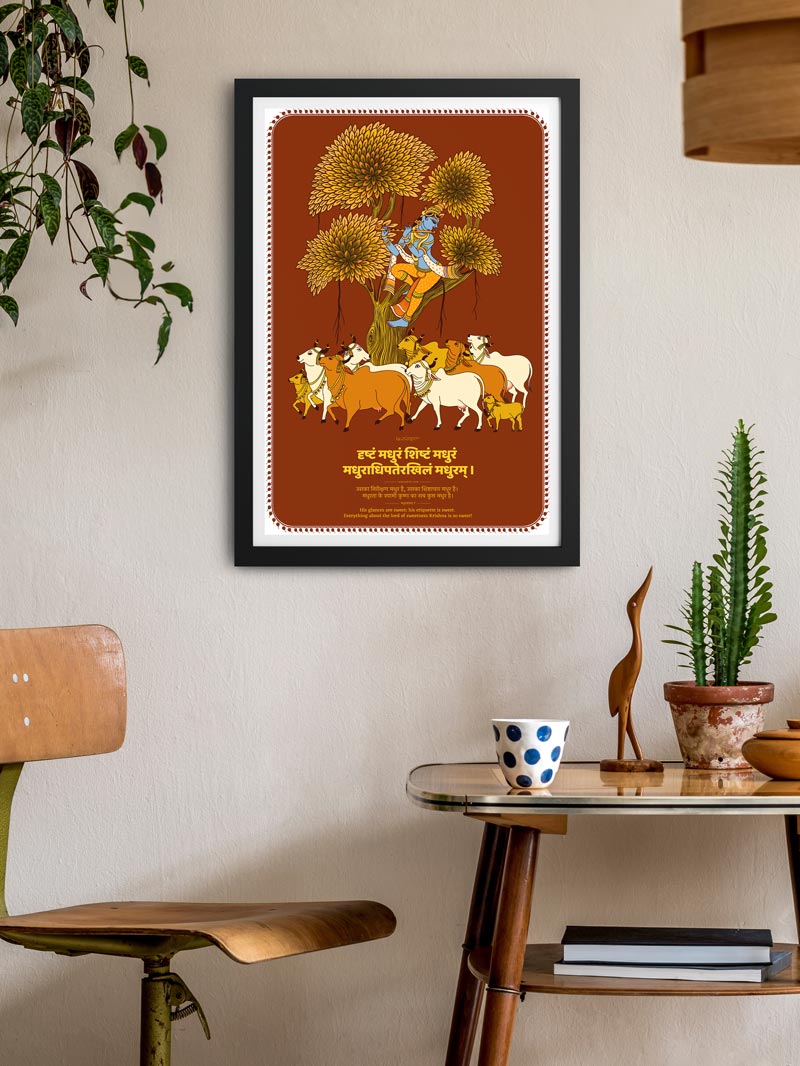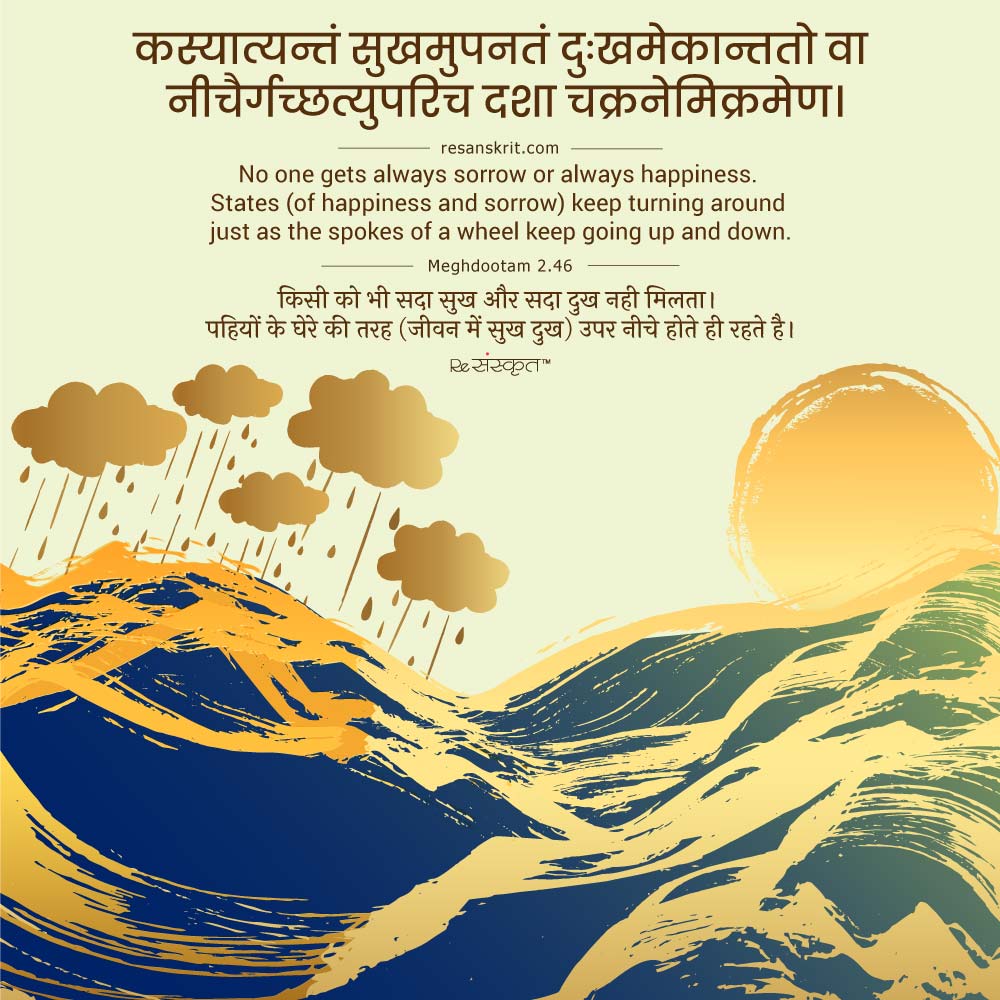
Who was Kālidāsa?

पुरा कवीनां गणनाप्रसङ्गे
कनिष्ठिकाधिष्ठितकालिदासा।
अद्यापि
तत्तुल्यकवेरभावादनामिका सार्थवती बभूव ॥
Transliteration:
purā kavīnāṃ
gaṇanāprasaṅge kaniṣṭhikādhiṣṭhitakālidāsā।
adyāpi
tattulyakaverabhāvādanāmikā sārthavatī babhūva ॥
English translation:
In
ancient times, when all the poets were counted, Kālidāsa was assigned the little
finger.
But, no poet of genius comparable to his has existed till today;
hence, the finger
next to little finger (i.e., the ring finger) is
meaningfully named as ‘anāmikā’.
Hindi
translation:
पुराने
ज़माने में, जब कवियों की गणना की जा रही थी, तब कालिदास को कनिष्ठिका पर विराजमान
किया गया। उनसे तुलना हो सके, इतने प्रतिभाशाली कवि का आज तक अभाव होने के कारण
कनिष्ठिका के बाजू की उंगली का ‘अनामिका’ यह नाम अर्थपूर्ण हो गया।
This is a very significant verse about Kālidāsa in the Indian tradition. He has not told anything about himself in any of his works. Also, no other records about him written by anyone else are available. Very little about his personal history is known, but it is evident from his literary works that he had traveled throughout India. With that, he was very much acquainted with the Vedas, Upanishads, Purāņas, medicine, astronomy, etc. Also, he must have been a modest and intelligent person of high culture and liberal ideas.
Interestingly, the above fact also reflects modesty and humility of the great poet that he does not speak much about himself in his works. This very fact brings him to the category of ‘Great’ poets.
Further, in Raghuvaṃśam, the poet says:
मन्दः कवियशःप्रार्थी गमिष्याम्युपहास्यताम्।
प्रांशुलभ्ये फले लोभादुद्बाहुरिव वामनः॥
Transliteration:
mandaḥ kaviyaśaḥ prārthī
gamiṣyāmyapahāsyatām।
prāṃśulabhye phale lobhādudbāhuriva vāmanaḥ॥
English
translation:
I am like a small person with small arms who cannot pluck the fruits which only a
tall one can do, I will be ridiculed by the people (for trying to write on the great Raghukula), which requires
eminent poet’s skills.
Hindi
translation:
ऊँचे फल के लोभ के कारण अपने हाथ उठा रहे किसी बौने की तरह मैं भी मन्द होते हुए भी
कवियश की प्राप्ति चाहने हेतु
उपहास को प्राप्त होउंगा।

Bring Sanskrit home!
ReSanskrit merchandise starting at ₹ 229.
Browse Collection!
Works of Kalidasa
Some of the most noted and genuinely identified works of Kalidasa are –
The dramas:-
- Abhijñānaśakuntalam (“The Recognition of Shakuntala”)
- Vikramorvaśīyam (“Urvashi Won by Valour”)
- Mālavikāgnimitram (“Malavika and Agnimitra”)
And the epic poems:-
- Raghuvaṃśam (“Dynasty of Raghu”)
- Kumārasaṃbhavam (“Birth of the War God”)
And the short poems:-
- Meghadūtam (“Cloud the Messenger”)
- Ṛtusaṃhāram (“The cycle of the seasons”)
This does not mean that the other works were anyway less important and less brilliant. His genius has been recognized in India from very early times, as well as in the western world. His poetic genius has brought Sanskrit poetry to the highest level of elegance and subtlety.
His style of writing makes him different from other poets in Sanskrit literature. His style is pure, simple, genuine, and brief. An unaffected simplicity of expression and easy flowing language are the markings of his writings.
His diction is marked by the absence of long compounds, complex constructions, over-written rhetoric, and artificial puns
He exceeds other poets in the description of the noble, the beautiful, and natural scenery and phenomena. He is a mastermind in the use of similes too; take this verse from Mālavikāgnimitram, for example:
















Very interesting